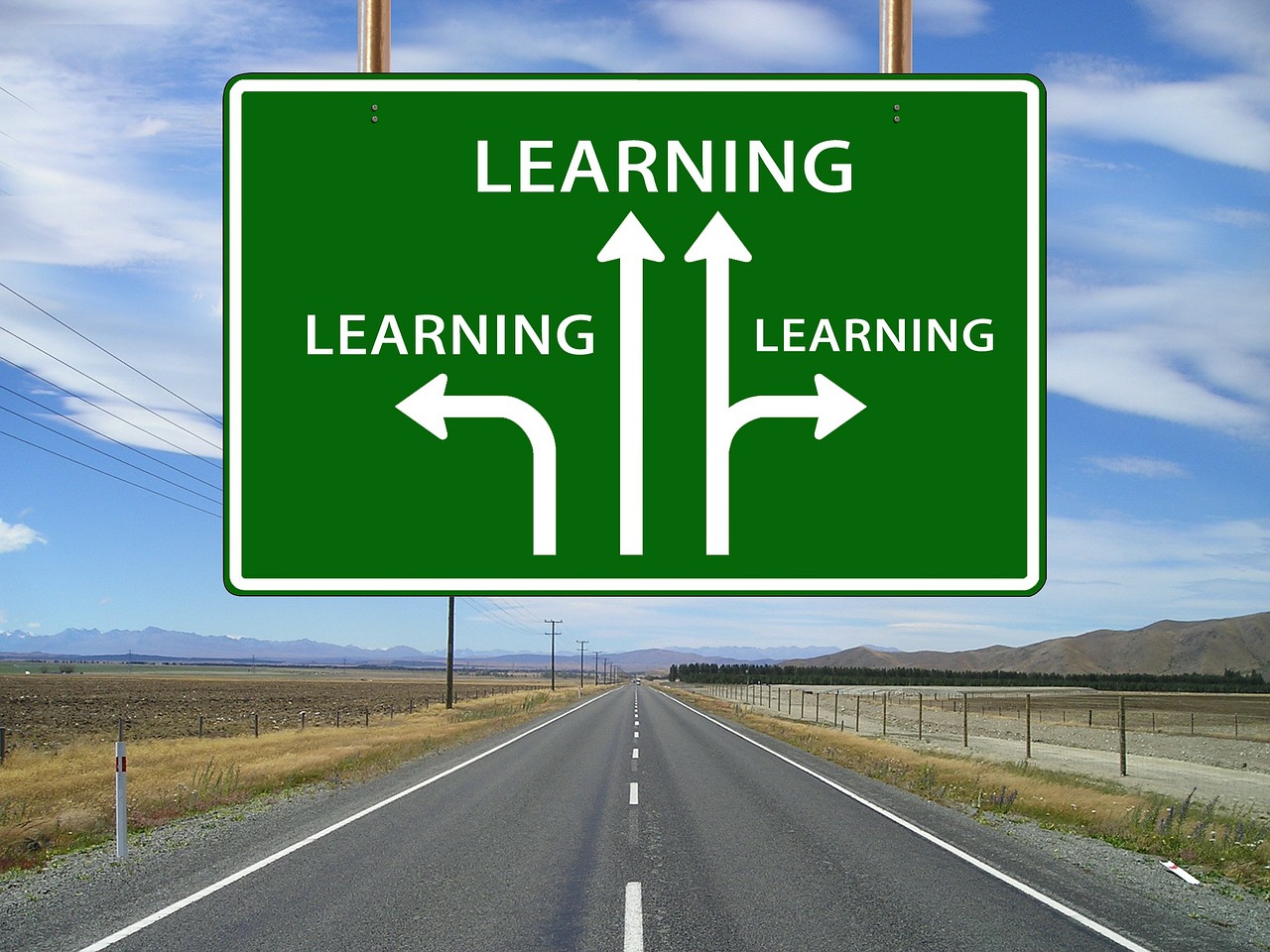 Other than a few letters, what is the difference between a LEARNER-centered approach to education and a LEARNING-centered approach? The educational fad is to be a "Learner-Centered" educator, but I am encouraging a change (back) to "Learning-Centered" education. Yes, it may be just semantics and I may be the only one who thinks this makes a difference, but at least consider the following points.
Other than a few letters, what is the difference between a LEARNER-centered approach to education and a LEARNING-centered approach? The educational fad is to be a "Learner-Centered" educator, but I am encouraging a change (back) to "Learning-Centered" education. Yes, it may be just semantics and I may be the only one who thinks this makes a difference, but at least consider the following points.Teacher-Centered Education
Education has always been teacher-centered. From the time of the Greek philosophers, the teacher has been highly regarded as the possessor of knowledge. The activity of education was done by the teacher through lecturing; students were passive recipients of the "correct" knowledge.
The Hebrew rabbis also operated within a teacher-directed system. While they emphasized "walking and talking" teaching practices, questioning of their "disciples," and correct living (ortho-praxy or piety), they still held to a teacher-directed model of education.
The Scholastics of the Middle Ages was a return to the Greek philosophies on education and heavily teacher-directed. We continue to see this model in many of our modern universities with the professor as the "sage on the stage."
A Learning-Centered Shift
During the late 19th century and early 20th century, educational psychologists (like Dewey, Vygotsky, and Piaget) studied learning and cognitive growth. Educational leaders in this time period were competent scientists and pragmatists. They were passionate about which educational strategies truly worked to enhance learning. Concepts arose during this time that are still essential parts of effective teaching and learning today: preparatory activities, repetition and cyclical learning, scaffolding, schema, experiential learning, problem-based learning, dissonance, collaboration, inductive and deductive reasoning, and the zone of proximal development.
Each of these concepts were truly learning centered. They were strategies that fostered and facilitated student learning, and they were supported by data on student learning.
A Move to Learner-Centered Education
In the 1960s and 1970s, the concept of learning styles re-oriented education to be LEARNER-centered. Essentially, the learning styles theory assumes that each student learns best if taught from his/her specific learning style. It began with three learning styles (visual, auditory, and kinesthetic) and has grown to nine multiple intelligences as presented by Howard Gardner (1983). Educators, since the end of the 20th century, have fully embraced learning styles and a learner-centered focus. Ironically, some aspects of the learning styles movement are contrary to some of the "learning-centered" research, like cognitive dissonance and growth mindset. The presupposition behind learning styles, that students learn best when taught in their preferred learning style, is being questioned. This is now called the "learning styles myth."
- Reiner, C and D. Willingham (2010). "The Myth of Learning Styles." Change. Available: https://www.researchgate.net/profile/Cedar_Riener/publication/249039450_The_Myth_of_Learning_Styles/links/0046353c694205e957000000.pdf
One of the trends that is currently being reconsidered is the impact of technology on learning. While arguments can be made about the positive use of technology in schools to motivate, to differentiate, to manage learning, and to prepare students to enter a 21st century technological world, the research on technology in schools benefiting student learning is quite thin.
- Kardaras, N. (2016). "Screens in Schools are a $60 Billion Hoax." Time. Available: http://time.com/4474496/screens-schools-hoax/
This article is not intended to discourage innovation and creativity, but it is a call to return to educational pragmatism. Let's make sure what we are doing in schools truly enhances student learning.
Let's be learning focused.
No comments:
Post a Comment